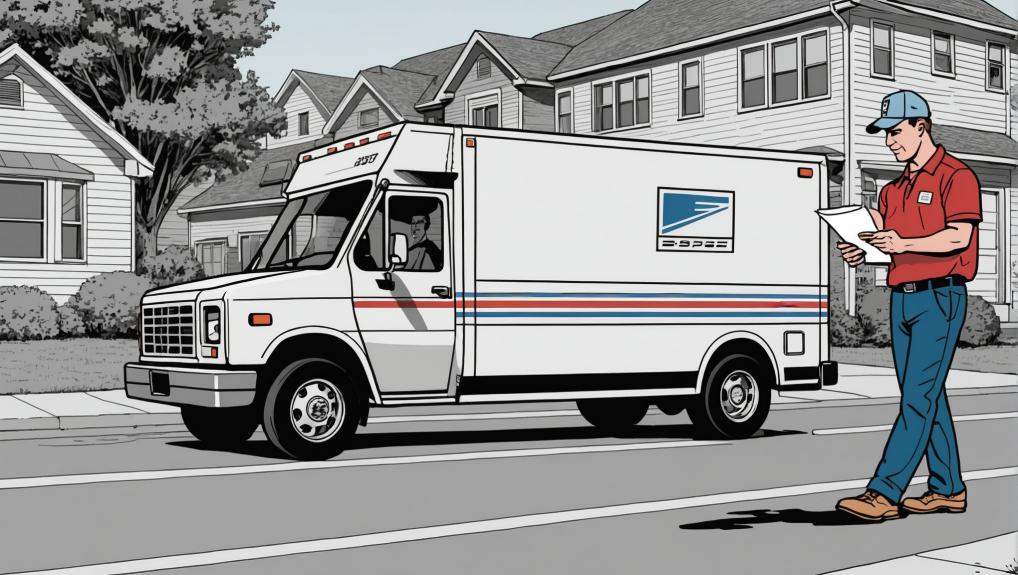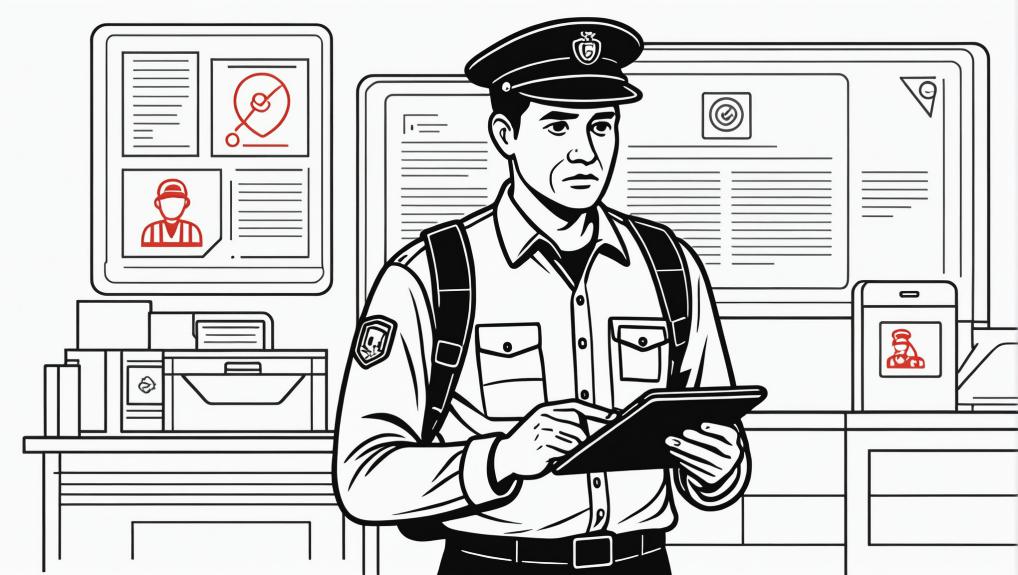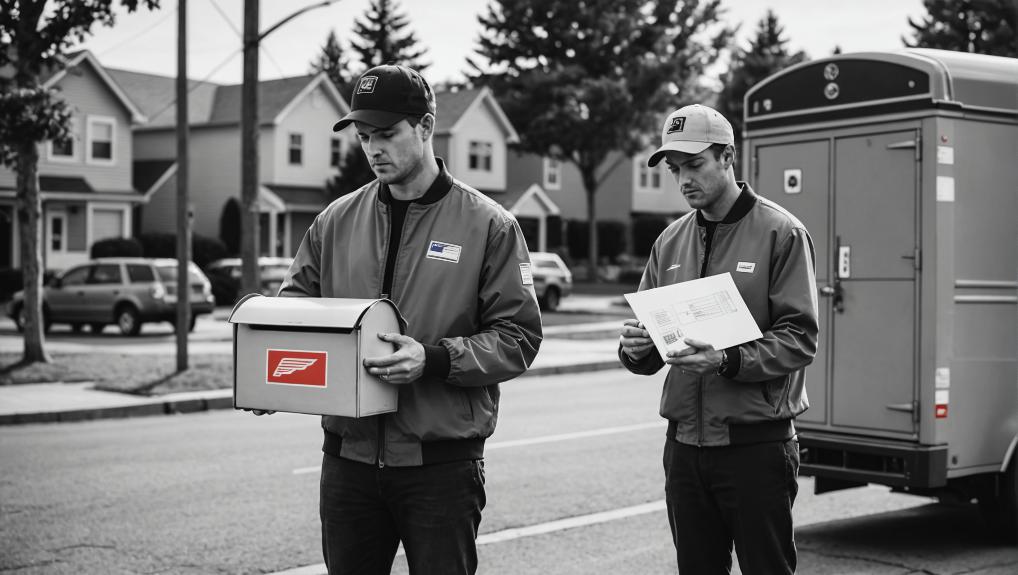When the USPS seizes a package, it can feel overwhelming and confusing. You might be asking yourself, “What did I do wrong?” or “What happens next?”
A seized package means that USPS has intercepted your parcel, often due to suspicions of illegal activity or violations of shipping rules.
The notice you receive will explain why your package was seized, but understanding this process can still be a headache. Whether it’s due to prohibited items or shipping regulation violations, you’re suddenly caught in a situation where your parcel is held up, and you may face potential legal challenges.
Don’t panic. In this guide, we’ll break down what it means when USPS seizes a package, why it happens, and what steps you should take next.
Key Takeaways:
- Understand Why: USPS seizes packages for suspected illegal activity or shipping violations; understanding the reasons can help prevent future issues.
- Notification Process: If your package is seized, USPS will send an official notice detailing the reasons and how to contest it.
- Legal Recourse: You have the right to challenge a seizure by filing a claim or petition, often with the help of an attorney.
- Prevent Future Seizures: Complying with shipping regulations and avoiding restricted items reduces the risk of having your packages seized by USPS.
What Does It Mean When USPS Seizes a Package?

When the United States Postal Service (USPS) seizes a package, it means the parcel has been intercepted due to suspicions of illegal activity or violations of shipping regulations.
This often happens during routine customs inspections or if prohibited items are detected. Upon seizure, USPS issues a seizure notice to inform both the sender and the intended recipient about the action taken and the reason behind it.
A seizure notice provides critical details about why the package was detained. This could involve the discovery of illegal or restricted items like controlled substances, firearms, or improperly declared hazardous materials.
The notice will also outline the procedures for contesting the seizure, offering legal recourse to those affected.
Recipients of a seizure notice have the right to challenge the seizure. This usually involves filing a claim or petition with the relevant agency, such as U.S. Customs and Border Protection (CBP) or the U.S. Postal Inspection Service (USPIS).
Legal expertise is often advisable to navigate this process effectively, ensuring that the necessary documentation is submitted within the specified timeframe to contest the seizure and potentially recover the detained items.
What are the reasons why USPS might seize a package?
USPS might seize a package for several reasons tied to legal compliance and safety.
The most common cause is suspicion of illegal activities. Packages containing controlled substances like marijuana, cocaine, counterfeit goods, or large sums of cash suspected of money laundering are often flagged and detained.
Violations of shipping regulations can also lead to seizures, including improperly declared hazardous materials, mislabeling, and non-compliance with international customs laws.
Routine inspections by USPS or customs officials are standard procedures to ensure safety and compliance. Any package that raises red flags during these inspections may be detained for further investigation.
Using counterfeit postage—fake stamps or labels indicating unpaid delivery fees—can also result in the package being confiscated.
Suspicious packaging characteristics, such as being unusually heavy, wet, or lacking a return address, can trigger scrutiny and potential seizure to guarantee they do not contain prohibited items.
Do you get notified if a package is seized?

Yes, you’ll be notified if a package is seized by USPS. Both the sender and the recipient receive an official letter from the U.S. Postal Inspection Service (USPIS). This letter details why the package was seized and includes instructions on contesting the seizure.
To contest the seizure, you typically need to file a claim or petition within 30 days from the date of the notice. It’s crucial to read the notification thoroughly and follow the outlined steps. Consulting legal counsel can help you navigate this process.
USPIS will never notify you about a seized package via phone calls; such calls are often scams. Official notifications are only sent through mail, ensuring a documented process for all parties involved.
What would happen if USPS seized my package?
If USPS seizes your package, the U.S. Postal Inspection Service (USPIS) will notify both the sender and the recipient through an official letter. This letter details the reason for the seizure and explains how to contest it. Understanding these steps is crucial if you receive a seizure notice.
Packages get seized for various reasons, including suspicion of illegal activities like controlled substances or contraband, shipping regulation violations, or irregularities found during routine inspections.
Sometimes, other agencies like U.S. Customs and Border Protection (CBP) may also be involved, as they have the authority to detain packages under federal law.
Both the sender and recipient have the right to contest the seizure. To do this, you typically need to file a claim or petition with the agency that conducted the seizure within a specific timeframe, usually 30 days from the date of notification.
This process ensures that you have the opportunity to dispute the seizure and present your case.
What Should I Do If My Package Is Seized by USPS?

What Should I Do If My Package Is Seized by USPS?
Receiving a seizure notice from USPS can be alarming, but taking the right steps promptly can help you navigate the situation effectively.
Initially, you’ll receive an official letter from the U.S. Postal Inspection Service (USPIS) or another agency like Customs and Border Protection.
This letter will detail the reason for the seizure and outline the appeal process. It’s essential to act quickly and follow the instructions provided.
First, consult legal counsel. An attorney specializing in asset forfeiture or criminal defense can guide you through the complex appeal process and safeguard your rights.
Avoid discussing the matter with law enforcement without your attorney present to prevent inadvertently compromising your position.
Next, file a claim or petition as directed in the notification letter. Typically, you have 30 days to contest the seizure, and you’ll need to provide evidence that the items aren’t linked to illegal activities. Your attorney will help you gather necessary documentation and build a robust defense.
For example, if Customs and Border Protection seized your package because they suspect it contains counterfeit goods, you’ll need to provide proof of purchase and authenticity.
Documentation like receipts, manufacturer certifications, and correspondence with the seller can strengthen your case.
What Are the Legal Implications of Receiving Seized Packages?
Receiving a seized package can have serious legal consequences that impact your personal and professional life. When a package is seized, you get a notification from agencies such as the U.S. Postal Inspection Service or Customs and Border Protection.
This notice explains why the package was seized and how you can contest it. Common reasons for seizure include illegal items, violations of shipping regulations, or suspicious content flagged during inspections.
If illegal items are found, you could face criminal charges, which might lead to court proceedings and severe penalties.
Civil penalties, like fines or forfeiture of the seized items, are also possible, especially in cases involving customs violations. If you don’t contest the seizure or if your claim is unsuccessful, you could permanently lose the property.
Receiving a seized package can lead to increased scrutiny of your future shipments, complicating interactions with postal and customs authorities. For businesses, this can damage reputation and customer relationships.
It’s crucial to read the notification carefully, seek legal counsel, and file a timely claim if you wish to contest the seizure and mitigate these legal consequences.
Frequently Asked Questions
What should I do if USPS seizes my package?
If USPS seizes your package, read the seizure notice carefully. It will explain why the package was detained and how to contest it. Consider consulting an attorney for legal advice, as they can help navigate the claims process and ensure you meet all deadlines.
How long do I have to contest a seized package?
You typically have 30 days from receiving the seizure notice to file a claim or petition. It’s important to act quickly and follow the instructions provided. Missing the deadline could result in permanently losing the package and forfeiting any rights to contest the seizure.
What are common reasons USPS seizes packages?
USPS may seize packages containing prohibited items like controlled substances, counterfeit goods, or improperly declared hazardous materials. Violations of shipping regulations or suspicions of illegal activities can also trigger seizures. Routine inspections by postal or customs officials help ensure compliance and safety.
Will I face legal consequences if my package is seized?
Depending on the contents of the seized package, you might face civil penalties, fines, or even criminal charges. If illegal items are involved, the risk of legal consequences increases. Seeking legal counsel can help you understand the potential outcomes and build a defense if necessary.
Conclusion
When USPS seizes a package, it usually involves suspicion of illegal activity or violations of shipping regulations. Understanding the reasons behind a seizure can help you avoid similar issues in the future.
If your package is seized, you’ll receive an official notice explaining why. This notice is crucial, as it outlines the steps to contest the seizure and the timeframe within which you need to act.
It’s important to know that you have rights and options. By following the instructions in the notice and possibly seeking legal assistance, you can challenge the seizure and potentially reclaim your package.
Staying informed about shipping regulations and keeping accurate records of shipments can prevent complications. If you find yourself in this situation, being prepared will help you handle the process more smoothly.

